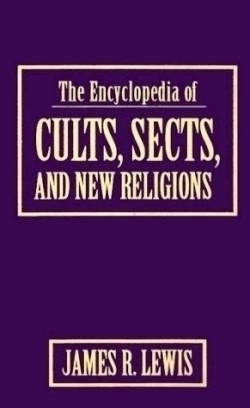The Encyclopedia of Cults, Sects, and New Religions
It will be hard to find a cult/sect/new religion not included in this reference book. Some of the over 1,000 groups included have attained solid membership beyond one to three congregations, one generation or one charismatic founder, but many are flickers in the field of American religious variety.
Lewis (a professor of Religious Studies at the World University of America) and the other scholars who authored these descriptions maintain a tone of respect without endorsing any one group. They requested that each group review their description for accuracy. This is the scholarly approach to religious differences and an essential stance for a religiously pluralistic society such as ours.
The only dissatisfaction with this compendium is its paucity of explanation of the theological stances of each group. Many, for instance, fall within the category of “metaphysical” in the descriptions. Exactly what is meant by that term is not included, nor is any depth on how one group’s metaphysical expression differs from that of others so labeled.
The work often glides over a group’s interactions with the rest of our culture. For example, the Unification Church (the so-called “Moonies”) entry includes mention of the persecution suffered by the church in this country. But, it does not straightforwardly say why, and one is left to assume this persecution is the result of ignorant prejudice. The article does mention that Unification Church members have been the targets of deprogramming, but not by whom, or why. In other words, whether the attitude of a sect/cult/new religion is benign toward the predominate culture or whether the ecclesiastical structure is authoritarian is not emphasized. In a document so pluralistically benevolent in its stance, it would not seem out of line to state that the group is opposed to religious and cultural pluralism and requires isolation of its members from interchange with nonbelievers except for evangelizing purposes.
The breadth of information is exhaustive regarding the history and some of the practices of a large number of religious movements. (Date)
Reviewed by
Emmy Lou Belcher
Disclosure: This article is not an endorsement, but a review. The publisher of this book provided free copies of the book to have their book reviewed by a professional reviewer. No fee was paid by the publisher for this review. Foreword Reviews only recommends books that we love. Foreword Magazine, Inc. is disclosing this in accordance with the Federal Trade Commission’s 16 CFR, Part 255.

